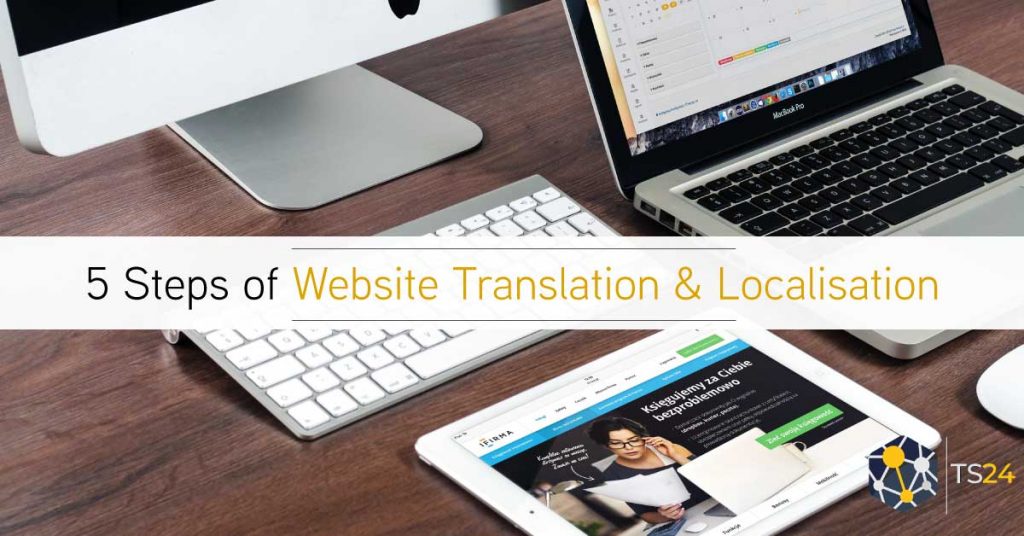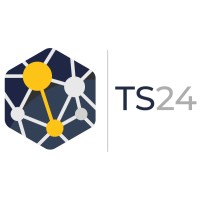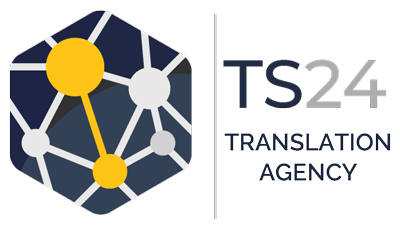The Best Tips for Website Translation & Localisation
We live in an increasingly connected world where everything is just a click away. Thanks to excessive internet use and over 5.47 billion active users, e-commerce businesses have never been as successful as they are today. But what makes these online ventures closer to their audience now than a few years back?
Well, there are so many things to give credit to, and one of these is multilingual websites. These are common today, courtesy of multilingual website translation services and the continuous stress on personalisation to achieve digital marketing goals.
Nonetheless, creating a website and content in your market’s native language can be quite tricky. Fortunately, we’ve prepared an article to guide you through the process.
PRO TIP: If you’re looking for the best translation agency – here are some aspects you should consider.
Multilingual Websites – The Concept of Website Localisation
Suppose you run an international brand focusing on various cultures, regions, languages and people. In that case, having a single layout, colours and language of the content won’t help you reach the maximum leads in your target market. Moreover, having just a general translated version of your website alone won’t be very effective either.
To overcome these challenges, your best option would be to opt for website localisation. Now, what is that?
The concept involves optimising and refining through flow, language and culture and offering a relevant navigation experience to every user.
You may confuse it with translation. However, localisation services involve much more. It considers the website’s language, visuals, code and design to help it become a multilingual platform.
For example, you have customers in Country A and Country B, with two different cultures. Creating a website that offers each a personal experience would be the best move you could make to appear relevant. This might include adding colours, languages, visuals and designs that the locals in both countries resonate with.
Website localisation is an essential aspect of a multilingual website that helps brands “get” their customers. According to statistics, 65% of customers prefer website content in their native language. This factor allows consumers to engage with the content and eventually purchase.
So, how can you build a well-localised and multilingual website? Here are some tips to consider.
7 Tips to Make All Your Website Localisation Efforts Successful
The key to localisation is to create a website that in-market visitors can relate to. The content in your multilingual website should help them experience all the concepts and elements that they apply and use every day.
Keep reading to explore certain practices that can boost your localisation efforts.
-
Understand the Needs of Your Audience
The first step before building an optimised and localised website is to understand the needs and preferences of your target audience. You must know what languages they communicate in and their ideal colours, layouts, terminologies and images.
It is best to design and incorporate a global template and follow it. This helps create a consistent user experience, regardless of each user’s unique culture.
You must also consider using the local languages and terms to make the website relevant and easily understood. Thankfully, many professional translation services can help you do the job quite well.
-
Use Non-complicated Images
Instead of picking an image that only one category of people understands, use graphics that appeal to a broader audience. Make sure to always consider the diversity of people and their cultural norms in your images, and save yourself tons of time in making many language-local files.
PRO TIP: Do you need to translate user-generated content? Here’s an in-depth guide you can follow.
-
Take Text Expansion into Consideration
Interestingly, the length of the text varies when translated from one language to another. This problem can be very challenging, especially when professional translation services providers are on board to do their work. At the same time, you lay out the design of your website.
Some words in Chinese are short, while the same in English are long. Your multilingual website should account for this issue by adjusting the font size according to the language featured.
-
Ensure that Your Website’s Language Switcher is Easy to Locate
Your multilingual website should make every visitor welcome, regardless of their language. To achieve that, ensure that the language switcher is placed somewhere where it is easy to find. You may place it at the bottom or top of your site’s first page.
The switching options should also be very clear. Refer to each language in its native spellings to help people know the appropriate option to select.
PRO TIP: Don’t use flags for languages. This can be very confusing as flags represent countries rather than the languages people speak.
-
Incorporate Culturally Acceptable Colours
Every culture interprets a colour differently. For instance, in Western culture, red is the colour of danger, love and passion. However, in Asia, the same colour represents long life and good luck; in some African cultures, it is associated with death.
To stay on the safe side, you should research the symbolic meaning of every colour before using it for your website. Also, make sure to use it appropriately and in accordance with its meaning.
-
Get Familiar with Your Code
Some websites feature hard-coded strings adjusted into their code. These strings can be hard to deal with as you may have to export them manually and then rewrite every version before importing them.
To avoid this hassle, you can always ask your website developer to use different tokens for coding. These tokens don’t have any strings, making the translation process quick and easy. Incorporating this change can help you achieve all your multilingual website goals conveniently.
-
Adjust Your Date Format Accordingly
Finally, make sure that your date format is appropriate and acceptable for different languages. Interestingly, the date formats also vary across English languages. As this aspect is a part of your website’s overall design and presentation, you can’t ignore it.
A multilingual website can increase credibility and help you connect with new people. If done right, website localisation can only push your venture to grow incredibly fast.
So, instead of taking a risk, it is always wise to connect with multilingual website translation service providers and allow them to work with your developer. Their smooth collaboration can get you an internationalised website to welcome every visitor wholeheartedly.
About TS24
Translation Services 24 (TS24) is a professional translation agency offering expert services in over 200 languages. We work with clients in all corporate and public industries and specialise in sector-specific linguistic solutions. With over a decade of experience in the industry, 15+ million words converted every year and 100,000+ projects completed, TS24 is a leading provider of expert translations and interpretation services and an officially certified member of the ATC. Contact TS24 here. You can also read all of our recent articles here.
Follow Translation Services 24 on Social Media








